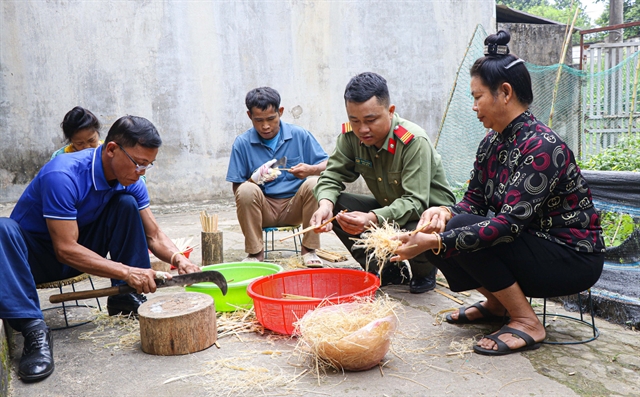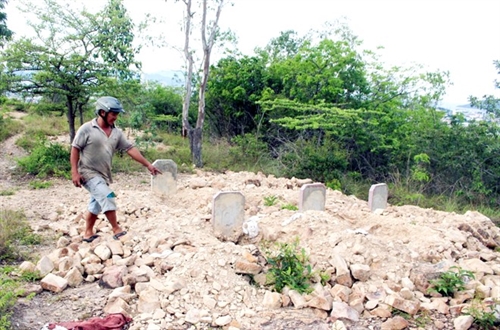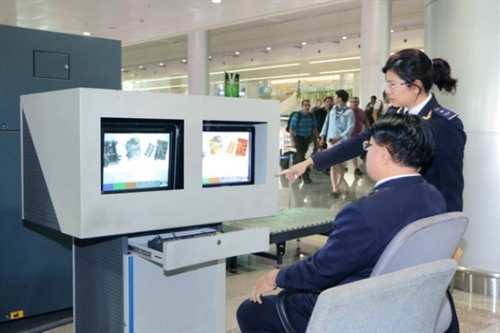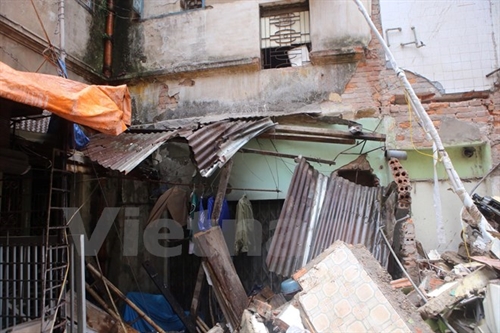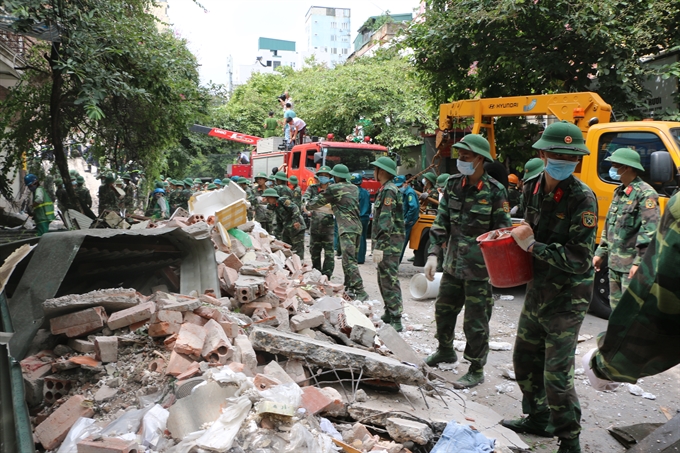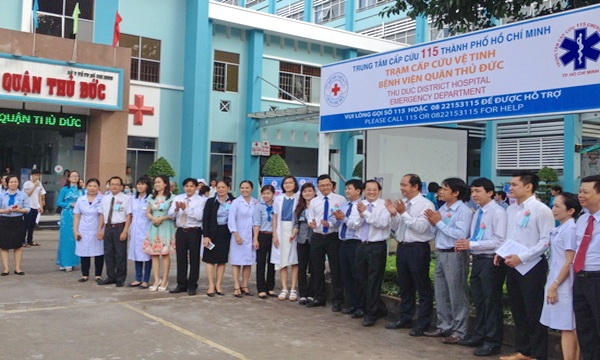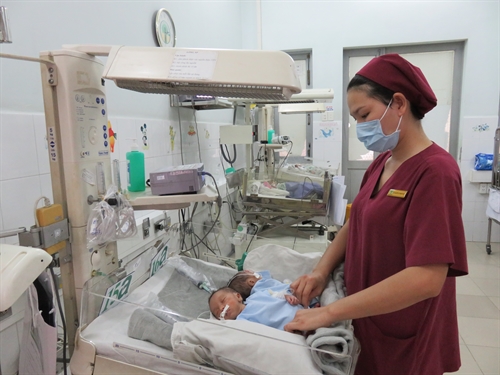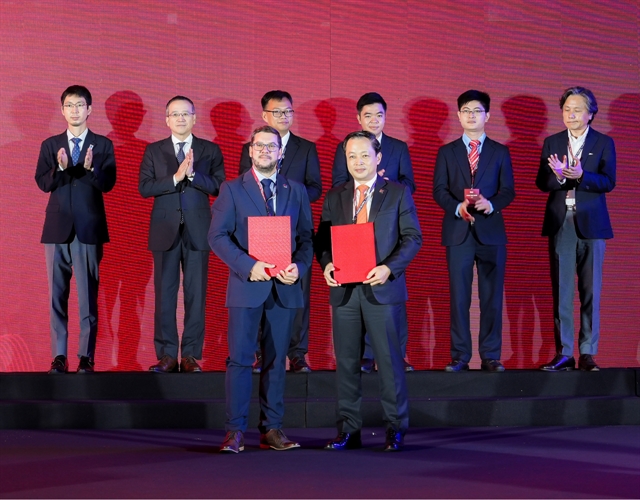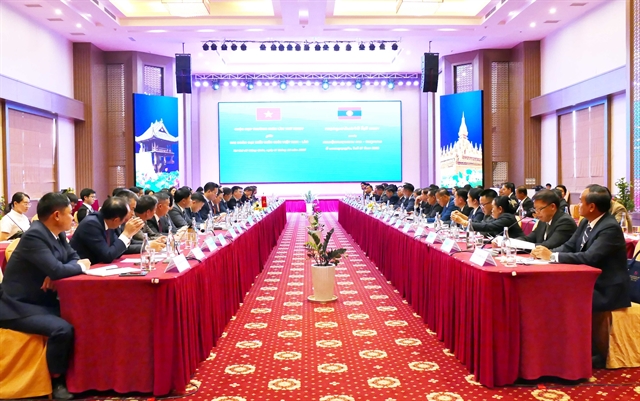
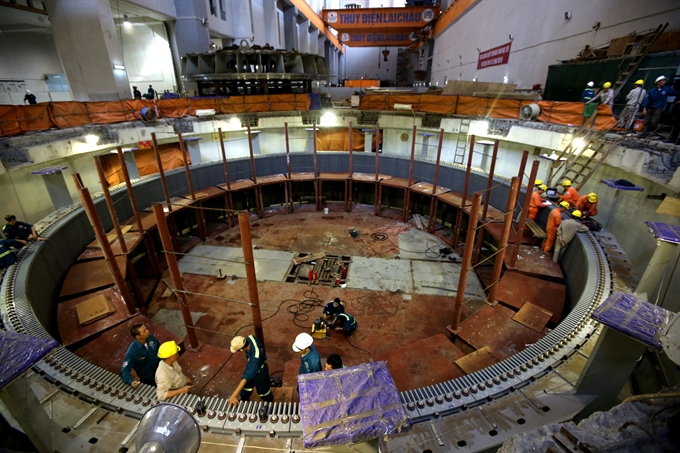 |
| The third and also the last turbin in Lai Châu Hydropower Plant is expected to go into operation in December 2016, completing work on the facility one year earlier than scheduled. — VNA/VNS Photo Ngọc Hà |
HÀ NỘI — Deputy Prime Minister Trịnh Đình Dũng has called on ministries and agencies to closely supervise the country’s power demand to ensure national energy security and meet socio-economic development needs.
The deputy PM reaffirmed the heavy and challenging tasks for the country’s power industry after a meeting earlier this week with Electricity of Việt Nam (EVN) about implementing the adjustments to the 7th Việt Nam Power Development Planning (PDP7) in the period 2011-20 with an outlook to 2030.
The adjustments to PDP7 approved in March, 2016 replace a plan issued in 2011.
Under the adjusted planning, Việt Nam’s power industry is expected to meet socio-economic development objectives with an average yearly GDP growth of 7 per cent during the period 2016-30, 1.5 per cent lower than the GDP forecast in the original PDP 7.
The lower projections of economic growth reduce the demand for total electricity generation by about 20 per cent and 18 per cent by 2020 and 2030, respectively. As a consequence, the total power installed capacity of Việt Nam in the adjustment would reach only 265GW by 2020 and 572GW by 2030, compared to 330GW and 695GW in the original PDP7.
Early this year, former Prime Minister Nguyễn Tấn Dũng said the adjusted planning was needed to adapt to changing circumstances and make Việt Nam’s climate change mitigation policies compatible with objectives of green house gas reduction to which Việt Nam committed within the UN Framework Convention on Climate Change in Paris last year.
Less coal-fired power
The adjusted power development planning emphasises the reduction of coal-fired power, the increase of renewable power and the availability of nuclear power in Việt Nam, said Nguyễn Anh Tuấn, deputy head of the Ministry of Industry and Trade (MoIT)’s Institute of Energy.
Accordingly, by 2020, coal-fired power will account for 42.7 per cent of all energy sources, about 5.3 per cent lower than stipulated in the original PDP7. Nonetheless, given the need to generate more power, the percentage of coal-fired power will be significantly higher than the current 33.4 per cent. Last year, the commercial electricity output reached 143.34 billion kWh but 2020 output is targeted to reach 245 billion kWh.
Renewable power would account for 9.9 per cent instead of 5.6 per cent as stated in original PDP7.
Việt Nam’s first nuclear power plant is expected to go into operation in 2028. By 2030, the nuclear power capacity could reach 4.6GW with electricity generation of 32.5 TWh per year, accounting for 5.7 per cent of total generation mix.
Tuấn told the Điện lực (Power) magazine that currently, the Government has empowered the Việt Nam National Coal and Mineral Industries Group (Vinacomin) as main contact in importing coal.
“Other investors could actively import coal if their imported product meets requirements in quality, prices and of course, with approval from authorised agencies,” he said.
He said the adjusted planning also revealed the need to develop groups of ports for coal transport near coal-fired power plants in order to minimise transportation costs.
The adjusted planning includes measures to mitigate impact of power generation on the environment. For examples, waste from coal-fired power plants could be used to make building materials or serve other industries. Environment-friendly technologies are encouraged.
Deputy PM Trịnh Đình Dũng said that Việt Nam continues to seek investors for power projects, not only from State-owned corporations like EVN, PetroVietnam and Vinacomin - but also private or foreign investors.
He asked the Ministry of Planning and Investment to design policies to attract investors as well as to use overseas development assistance effectively in power projects.
The EVN has suggested that investors in power projects be allowed to import coal.
The major power supplier in Việt Nam called for a mechanism to control the process of power-producing projects, including those with Build-Operate-Transfer contracts.
Dũng asked the MoIT to develop and issue sanctions to investors for falling behind schedule. — VNS




